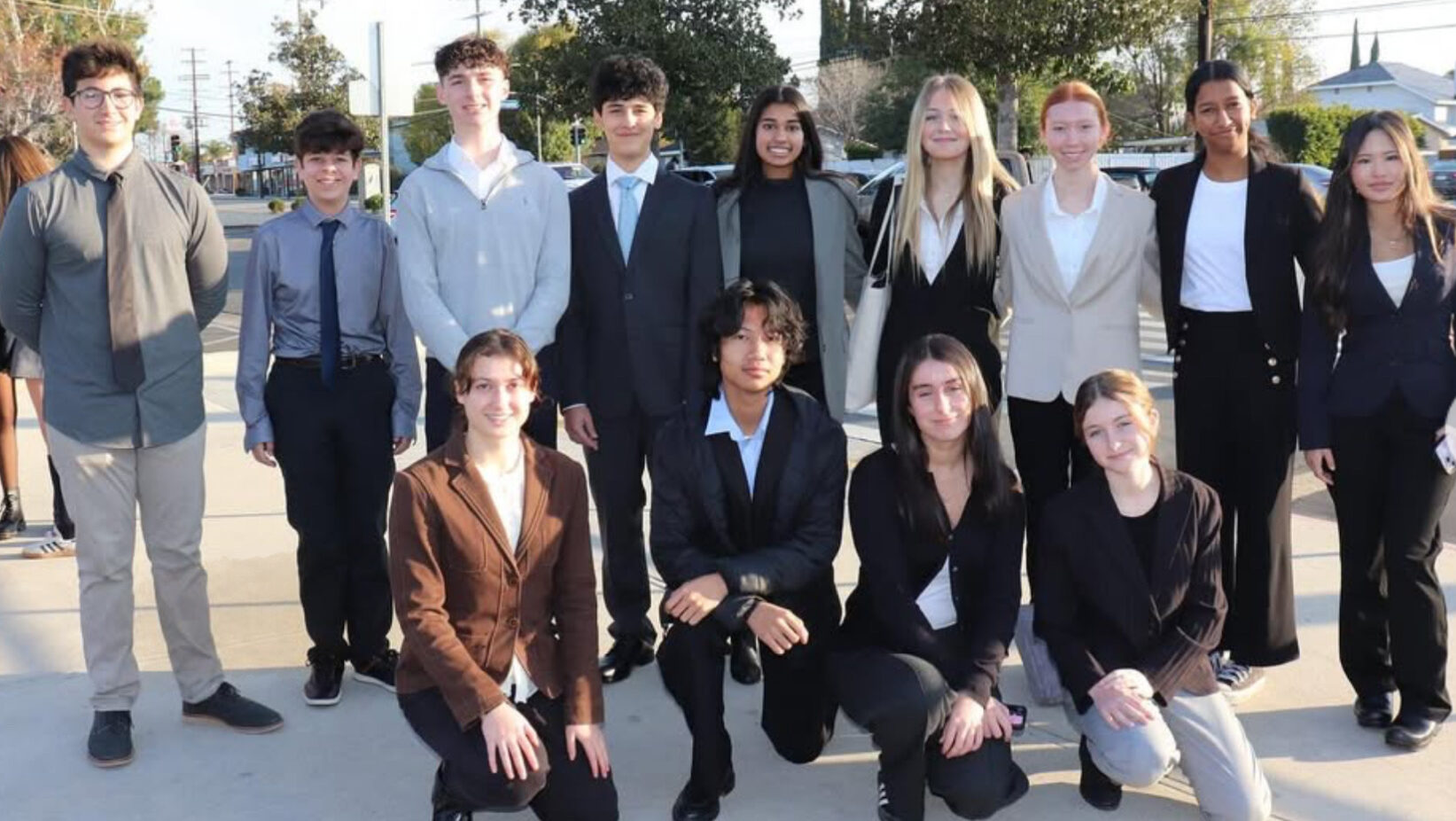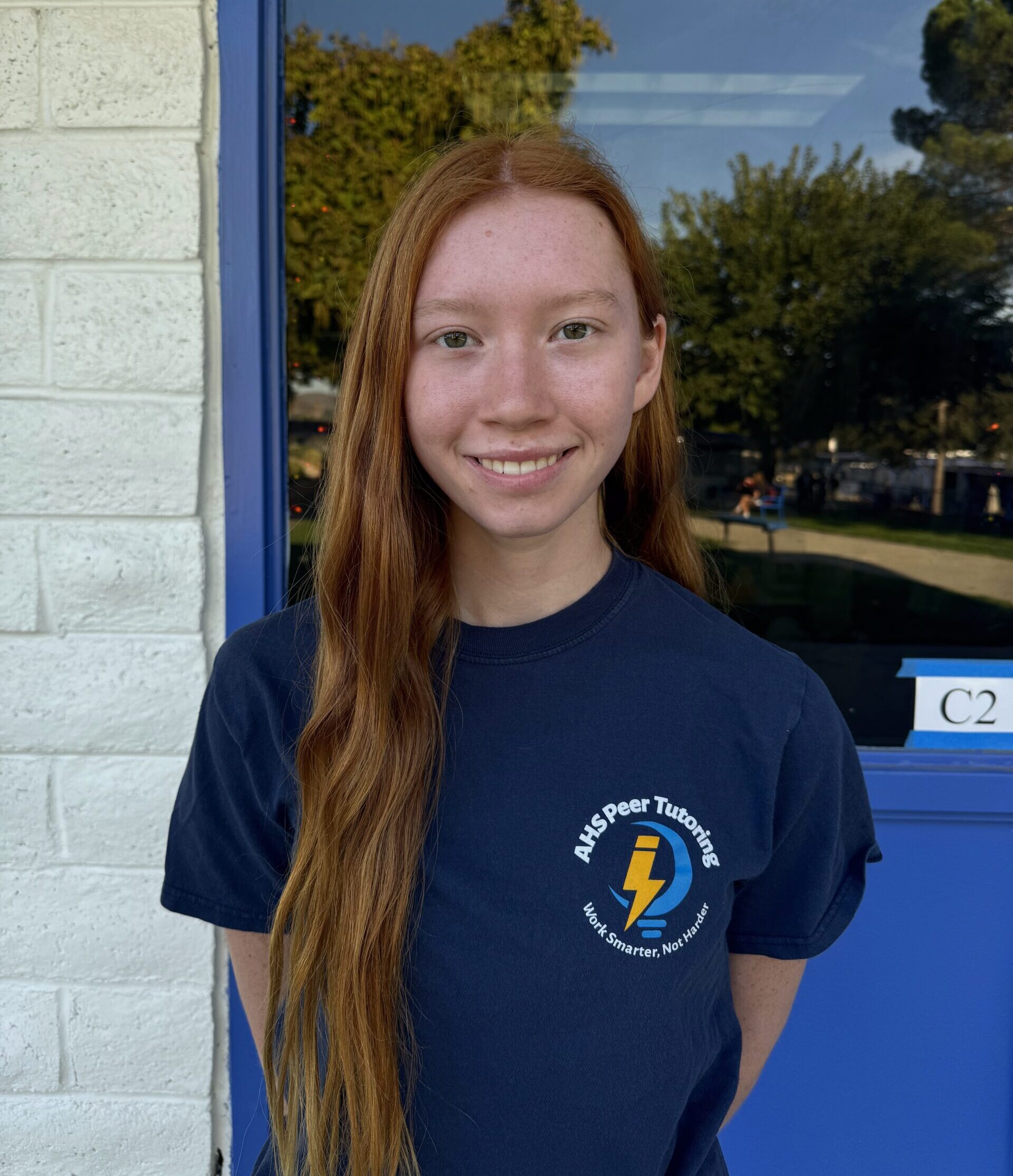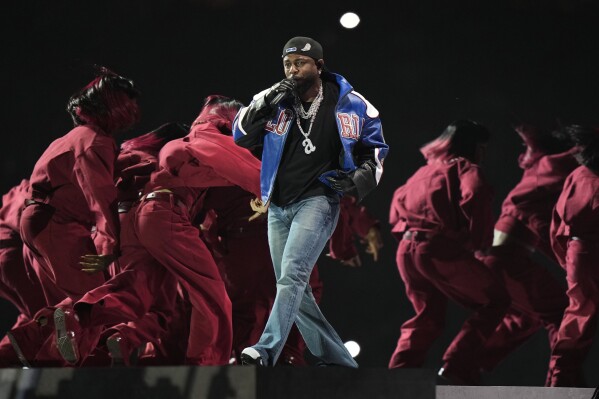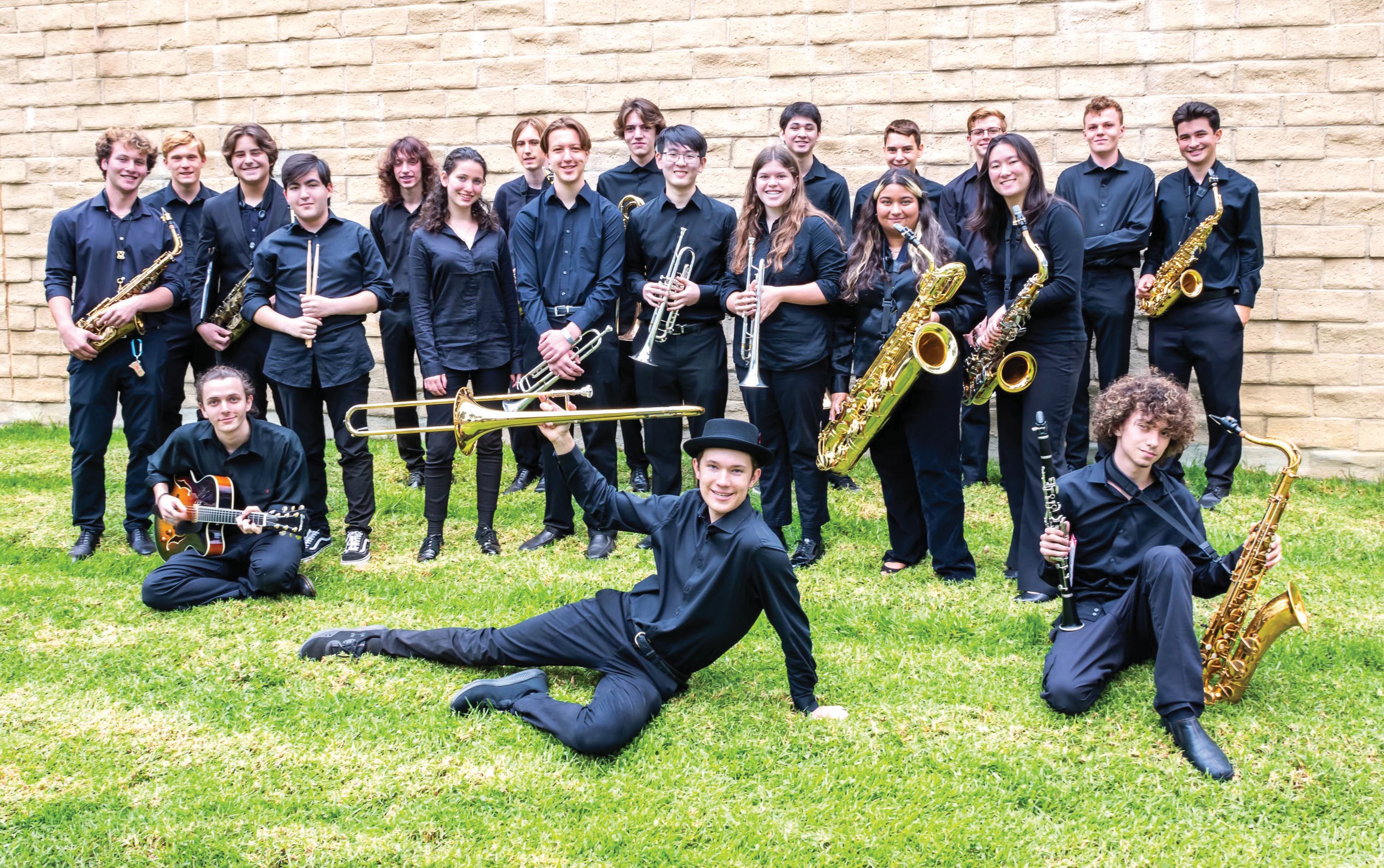Model United Nations, or Model UN for short, is an engaging way for high schoolers to learn about the methods used by the world’s largest international peace-keeping and negotiations organization. In Model UN, high schoolers simulate the actions taken by delegates in the real-life United Nations to protect their country’s interests and work towards resolutions.
Agoura High MUN:
Agoura High School attended its first Model UN Conference at Granada Hills Charter School on February 1st! Our Model UN club started just this year and is excited to grow and attend more conferences.
VRMUN:
A team of fifteen Agoura High students participated in the Valley Regionals Model UN, sending delegates to UNEP, WHO, SOCHUM, DISEC, and UNESCO and representing seven countries. UNEP discussed the local, seasonal, and global threats to coral reefs, WHO dealt with the repercussions of technology on mental health, and SOCHUM considered journalist rights. DISEC brainstormed regulations on 3D printed weapons, and UNESCO explored solutions to combat climate change and protect World Heritage Sites. Additionally, our club also sent a “senator” to participate in a model U.S. Senate meeting “addressing the rise of artificial intelligence in the media”.
SCMUN:
On April 5th and 6th, our team of twenty students will attend Southern California Model United Nations at USC. At our club’s second conference, we hope to gain more experience and positively represent Agoura High School!
Student input:
I personally had a blast at my first convention! The students I met from other schools were very friendly and the board was understanding. I highly encourage interested students to join our club! Junior Simone Varela reflects, “Model UN was a really fun experience and I really liked the discussions that we had”. Co-president of the club, Alex Altenbernd, when asked about what the club meant to her, responded, “I think that what we’re doing here is really building a community for students at Agoura within our club, and broadening opportunities by attending these conferences. Despite our first one being a little rocky, I think everyone learned a lot and had a great time, and that’s what counts. We hope to attend even more and establish AHS as an MUN stronghold.”
General Convention Procedures:
Those interested in joining Model UN must take a series of steps to prepare and successfully contribute. Most conventions run with similar rules.
Prior to the convention:
High schoolers participating in Model UN attend conventions at different high schools or colleges. Each student represents a country within a certain committee. Committees are subsections of the United Nations that deal with specific types of problems. For example, WHO (the World Health Organization) aims to address “health emergencies, promote well-being, prevent disease and expand access to health care”. UNESCO deals with educational and cultural matters and UNEP focuses on environmental issues. Usually, students can choose their committee. Every committee will discuss a specific challenge, known to students prior. Schools will be given a selection of countries to assign to its members accordingly.
Students are notified of their committee and country weeks before the convention. During this time, students will prepare research to understand their country’s stance towards their committee’s issue. For example, at my first convention, I represented Finland in UNESCO and researched the “effects of climate change on World Heritage Sites”. Students attending MUN conventions will also submit a position paper before their conference (due dates vary depending on the conference). A standard position paper outlines the issue, the country’s historical responses to the issue, and the country’s proposed solutions. When considering possible solutions, students put themselves in the position of the country’s administration. Students can propose their own solutions or build off of their country’s current initiatives. Position papers vary in length or style depending on the convention, but are typically several pages long. Rewards are given for outstanding position papers at the convention.
In addition to the position paper, students can also prepare an opening speech to deliver at the beginning of the convention. This speech is usually under two minutes, where delegates give a brief overview of their country’s stance to appeal to allies.
During the convention:
A typical convention is usually one or two days long. If a convention spans several days, each committee will discuss several topics. Delegates arrive in the morning and check in by school. Usually, the hosting school runs an opening ceremony before delegates split off into their committees. During committee sessions, delegates request moderated and unmoderated caucuses. A moderated caucus is a discussion overseen by the board. (The board are the students from the host school that run the committee, assess the delegates, and present awards). During the moderated caucus, countries raise their name placards and take turns presenting their country’s ideas and solutions for the topic. Eventually, delegates can request unmoderated caucuses, periods of time to stand up and speak privately with allies.
Later in the day, delegates will begin to form blocs (groups of countries with similar ideas for solutions). Each bloc will ultimately draft a resolution and present it to their fellow delegates. Each bloc hopes to pass their resolution by ⅔ vote. After all resolutions have been voted on, the committee session will close. Then, all delegates will attend a closing ceremony and awards will be presented. Awards recognize schools (such as “Best Large Delegation” or “Best Small Delegation”) and individuals (“Best Delegate”, “Outstanding Delegate”, etc…) for their contributions to the discussion.
Join us:
Contact our presidents to get involved in Agoura’s chapter!
Alexandra Altenbernd: alexaalten9307@student.lvusd.org
Aneesha Ghosh: aneesghosh7708@student.lvusd.org
Tori Tran: toritran9808@student.lvusd.org
For more information about the procedures taken during a Model UN convention, read the AHS MUN Handbook of Strategy.
Sources:



